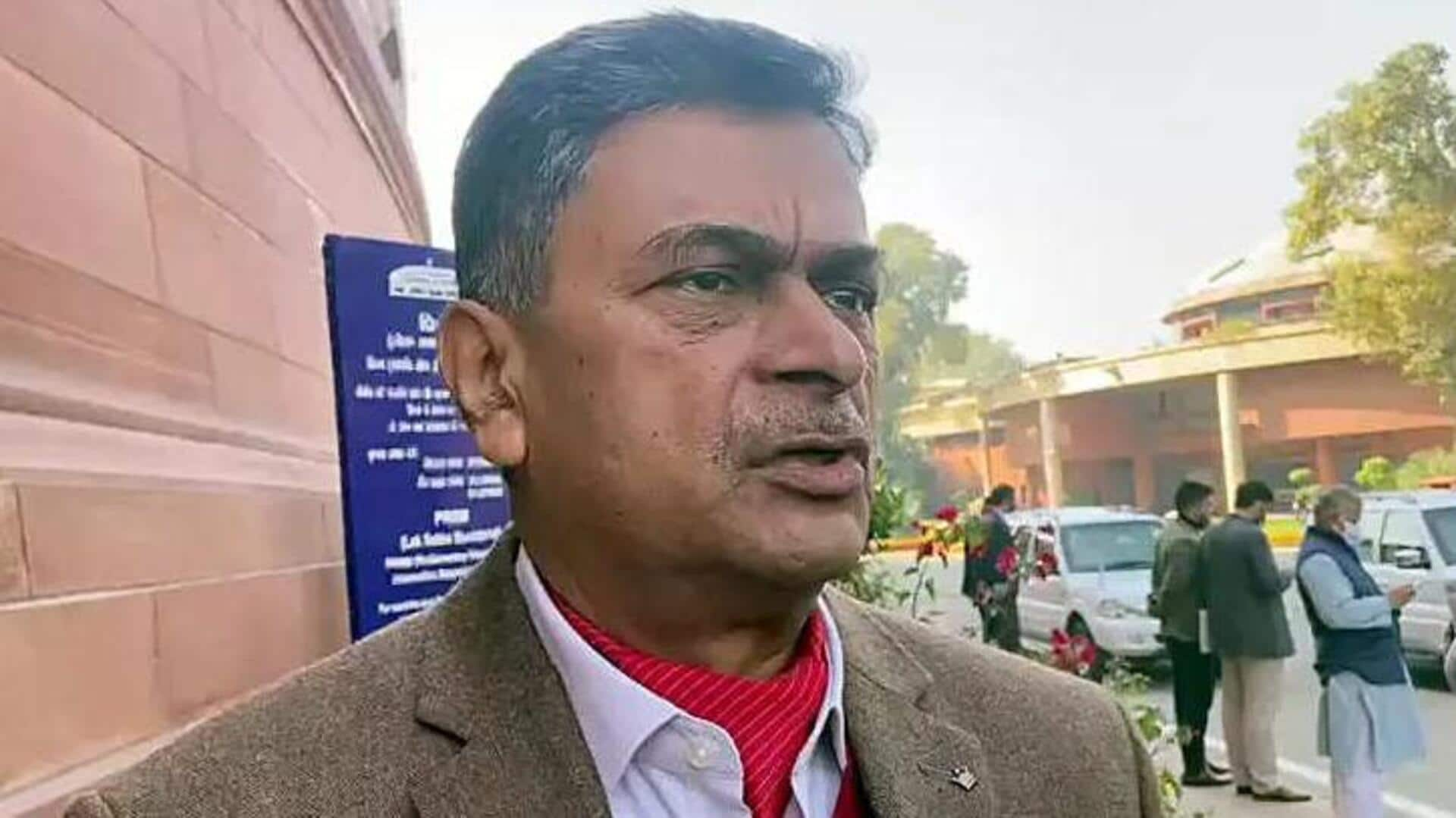
Government to bring another PLI scheme to boost EV adoption
What's the story
The Indian government is coming out with another production-linked incentive (PLI) scheme for batteries, aiming to cut costs and boost the adoption of electric vehicles (EVs) across the nation, said Union Power and New & Renewable Energy Minister RK Singh. Speaking at the EV Ready India Dashboard of OMI Foundation, Singh stressed that ramping up battery production would result in lower storage prices. He also cited the limited worldwide battery manufacturing capacity as a key factor behind high costs.
Details
Addressing challenges in EV adoption
Singh recognized that steep prices and restricted driving range are major obstacles to EV adoption in India. In May 2021, the central government approved a PLI scheme for manufacturing advanced chemistry cell (ACC) batteries, allocating Rs. 18,100 crore to draw foreign and domestic investment of Rs. 45,000 crore. The plan aims to reach 50GW of battery storage manufacturing capacity.
What Next?
Exploring alternative battery chemistries
Singh pointed out that a single country controls 80% of lithium resources and 88% of lithium processing, PTI reported. "We are lucky that we have some lithium reserves in Jammu," he stated. The minister stressed the need to shift away from lithium to other chemicals. "The research is going on in sodium ions. Once you have alternative chemistry, you have security of the supply chain (of storage)," he said.
Insights
India's growing power demand and economy
Singh highlighted that India's power demand has been surging, with a 20% increase in August and September compared to last year, and a 16% rise in the first half of October. He stated that India's economy is the fastest-growing large economy worldwide and will continue to expand at a rate of 7.5% to 7.8%. India's installed power generation capacity currently stands at 425GW and is projected to hit 800GW by 2030.
Facts
Transition to non-fossil fuel-based power
Lastly, the minister emphasized India's dedication to shifting toward non-fossil fuel-based power. Currently, 185GW of India's installed power generation capacity comes from non-fossil fuel sources, making up 43% of the total capacity. By 2030, India aims for 65% of its capacity to be derived from non-fossil fuel-based power and to reduce its emission intensity by 45%.